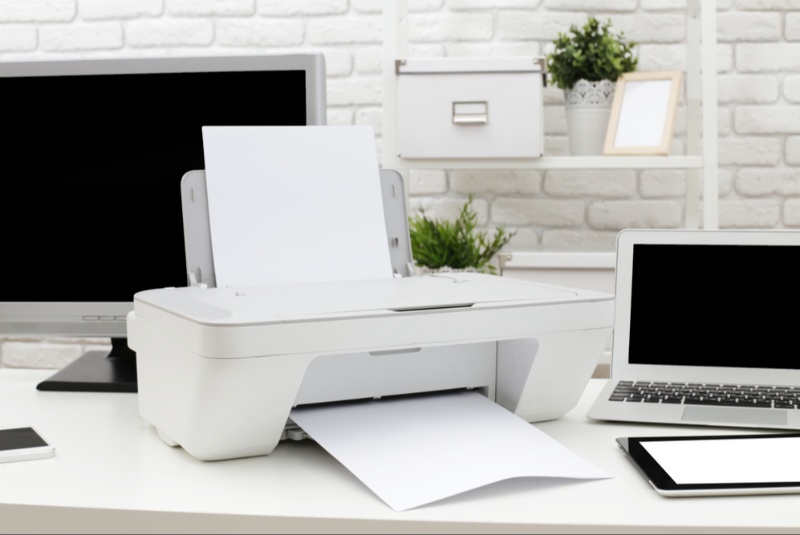In today’s fast-paced, technology-driven world, a tablet has become an indispensable tool. Whether for leisurely browsing, professional work, or educational purposes, the right tablet can be a powerhouse gadget in your arsenal. But with a myriad of options in the market, how does one narrow down to the perfect pick? Here’s a detailed guide to help you navigate the tablet tangle and make an informed choice based on your specific needs and preferences.
1. Understanding Your Needs
Before plunging into the array of tablets available, take a moment to define your needs. Are you a digital artist in need of a tablet with high precision stylus support? Or perhaps a student looking for a portable device for note-taking and research? Understanding your requirements will streamline your choices substantially.
Identifying your primary usage is crucial. Are you looking for a tablet primarily for entertainment, like streaming movies and playing games? Or is it more for productivity, such as managing emails, preparing documents, and attending virtual meetings? Maybe it's a bit of both? Understanding the primary purpose of your tablet will inform the type of specifications you should prioritize.
2. Operating Systems: Finding Your Match
Tablets primarily run on three operating systems: Apple’s iOS, Google’s Android, and Microsoft’s Windows. Each OS comes with its pros and cons.
- iOS (iPad): Known for its fluid interface, robust security, and a comprehensive array of apps. It integrates well with other Apple devices but comes at a premium price.
- Android: Offers a more open system with greater customization options. It has a wide range of devices across different price points.
- Windows: Ideal for those looking to replace a laptop with a tablet. It offers comprehensive software compatibility, including full desktop applications.
Choosing the right operating system is also about the ecosystem. Are you already using products from Apple, Google, or Microsoft? Your current gadgets can influence your decision, as staying within the same ecosystem allows for seamless integration and shared services.
3. Hardware Specifications
Consider the hardware specifications, such as processor speed, RAM, storage capacity, and battery life, which will significantly influence the tablet’s performance.
- Processor: A powerful processor ensures a smooth, lag-free experience. Consider options like Apple’s A-series chips or Qualcomm Snapdragon for Android tablets.
- RAM: A minimum of 4GB RAM is advisable for smooth multitasking, with 8GB or more being ideal for more demanding tasks.
- Storage: Depending on your usage, opt for storage capacities ranging from 64GB to 1TB. Remember, more storage will increase the price.
The processor is the heart of the tablet, dictating how well the device performs under various loads. Whether it's for gaming, professional graphic design, or casual browsing, the processor's efficiency and speed will play a significant role. RAM, on the other hand, affects how well the tablet can handle multitasking and running large applications. Storage is another critical factor. If you prefer to store a lot of media on your device or plan to use applications that require significant memory, opting for higher storage is advisable. Some tablets also offer expandable storage options, which can be a cost-effective way to increase storage capacity.
4. Display Quality
A tablet’s display affects your experience drastically. For media consumption or graphic design, a high-resolution display with vivid colors and sharp contrasts is beneficial. Consider aspects such as resolution, brightness, and color accuracy while choosing.
The size of the display also matters. If you're looking for portability, smaller screens might be more appropriate. However, for tasks like drawing, video editing, or watching movies, a larger screen can enhance the experience. The screen technology – whether it's LCD, OLED, or AMOLED – also affects the display quality, particularly in terms of color vibrancy and battery consumption.
5. Camera and Audio
While not the primary function of a tablet, having a decent camera can be a boon for video conferencing or capturing quick photos. Similarly, good quality speakers enhance the media consumption experience.
[Caption]
The camera's quality isn't usually the main focus for tablet manufacturers, but it's worth considering, especially if you plan on using your tablet for video calls or occasionally snapping photos. Look for tablets with front-facing cameras that have higher megapixels and good video quality. Audio is another aspect not to overlook. A tablet with a good set of speakers can greatly enhance your experience, especially if you consume a lot of media. Some tablets also offer features like Dolby Atmos support, which can significantly improve the audio experience.

6. Connectivity
Evaluate your connectivity needs. Most tablets offer WiFi connectivity, with premium models offering cellular connectivity options for on-the-go usage. Also, consider the availability and types of ports for peripheral connections.
Connectivity is key, especially if you're always on the move. Consider whether you need a tablet that supports cellular data. This feature can be a lifesaver in areas without WiFi but do remember that this will require an additional data plan. The types of ports available on the tablet are also crucial. USB-C ports offer faster data transfer and charging, while some users might prefer a tablet with a headphone jack or a microSD card slot for expandable storage.
7. Battery Life
Look for a tablet that offers a long battery life for uninterrupted work or play. A minimum of 10 hours of battery life is considered good.
Battery life is paramount, especially if you're frequently on the go. A longer battery life means less time tethered to a charger and more mobility. However, remember that battery life can vary significantly based on usage. Tasks like streaming video or playing graphics-intensive games can drain the battery faster than reading or web browsing.
8. Budget
Finally, tablets come in a vast price range. Setting a realistic budget based on your requirements and preferences is essential. Remember, the most expensive option is not always the best one for your needs.
Your budget will largely dictate the kind of tablet you can afford. It's important to balance cost with the features you need. There are budget-friendly options that offer great value without breaking the bank. However, if you require a high-performance tablet for professional work, be prepared to invest more.
9. Additional Features
Some tablets come with unique features such as fingerprint sensors, facial recognition, or stylus support. Consider these features as they can offer added convenience and functionality.
Additional features can significantly enhance your tablet experience. For example, a fingerprint sensor or facial recognition can provide an extra layer of security. Stylus support is particularly important for digital artists or those who prefer taking handwritten notes. Other features like water and dust resistance can be crucial for those who use their tablets outdoors or in challenging environments.
10. Reviews and Recommendations
Before finalizing your choice, make sure to read reviews and seek recommendations. Online platforms and forums can provide real-user insights, helping you make an informed decision.
Seeking out reviews and recommendations is the final step in your tablet-buying journey. User reviews can give you a clearer picture of how a tablet performs in real-world scenarios, beyond the specifications




